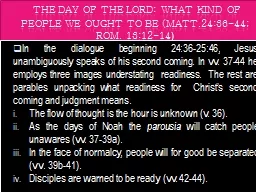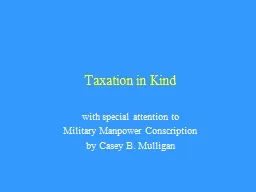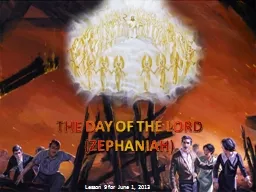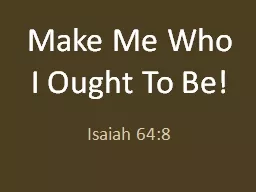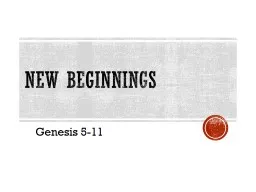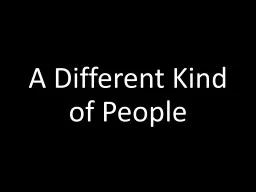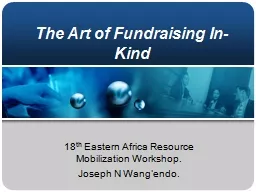PPT-The day of the lord: what kind of people we ought to be (
Author : danika-pritchard | Published Date : 2017-09-14
In the dialogue beginning 24362546 Jesus unambiguously speaks of his second coming In vv 3744 he employs three images understating readiness The rest are parables
Presentation Embed Code
Download Presentation
Download Presentation The PPT/PDF document "The day of the lord: what kind of people..." is the property of its rightful owner. Permission is granted to download and print the materials on this website for personal, non-commercial use only, and to display it on your personal computer provided you do not modify the materials and that you retain all copyright notices contained in the materials. By downloading content from our website, you accept the terms of this agreement.
The day of the lord: what kind of people we ought to be (: Transcript
Download Rules Of Document
"The day of the lord: what kind of people we ought to be ("The content belongs to its owner. You may download and print it for personal use, without modification, and keep all copyright notices. By downloading, you agree to these terms.
Related Documents

